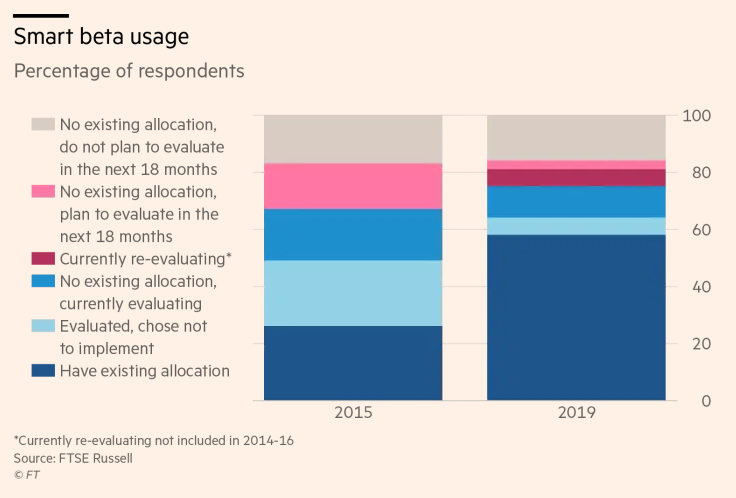Transparency has been a hallmark of exchange-traded funds (ETFs) with requirements to disclose their holdings on a daily basis. However, the Securities Exchange Commission (SEC) just gave the first-ever non-transparent, actively managed ETF structure their stamp of approval, which could fundamentally change the space.
Precidian Investments in partnership with Activeshares are putting forth an ETF structure that allows fund managers to keep their holdings confidential. It operates the same way as mutual funds, which are also actively-managed, but maintains the tax efficiency of a traditional ETF.
“Precidian ActiveShares is the first and only SEC-approved ETF that seamlessly integrates the benefits of active management with all of the efficiencies of today’s ETFs,” said Stuart Thomas, a principal at Precidian Investments on CNBC’s “ETF Edge.” “We think that’s incredibly important from both a market-making standpoint, [and]also from a tax efficiency standpoint.”
The impetus for the new ETF structure was simplicity–in-kind creations and redemptions that would allow for purchases and payouts with financial instruments other than cash.
“We think simple is the best solution. And I think that the elegance in this solution is the actual simplicity,” said Thomas. “From the standpoint of the broker or the end user, it looks like any other ETF on the exchange.”
Will this new ETF structure fly with the investing public? So far, the response has been largely positive.
“I think we truly underestimated how big this was going to be. Our phones are ringing off the hook,” Thomas said, adding that the callers ranged from active managers to custody banks to market makers to candidates for the role of authorized participant representative, one of the two roles in this structure that are privy to the ETF’s holdings.
“We have no time for outgoing calls,” Thomas said.
Smart Beta Usage Increasing
May reminded investors that they need to be strategic when it comes to investing in 2019 as volatility took hold of the capital markets as the U.S.-China trade deal that was supposed to happen morphed into an impasse. That said, more investors are beginning to realize the importance of incorporating smart beta strategies into their portfolios according to a survey conducted by index and analytics provider FTSE Russell.
58 percent of investors have an allocation to smart beta, based on the survey of 178 asset owners. It’s more than double the amount in 2015 when the same survey yielded only a 26 percent usage by investors.
With smart beta usage on the rise, one of the challenging aspects advisors face with this more cautious investor is the plethora of options available, especially in the exchange-traded fund (ETF) space. Where are the opportunities in ETFs given the current market landscape and how can smart beta-factor strategies work in a portfolio?

For more market trends, visit ETF Trends.
